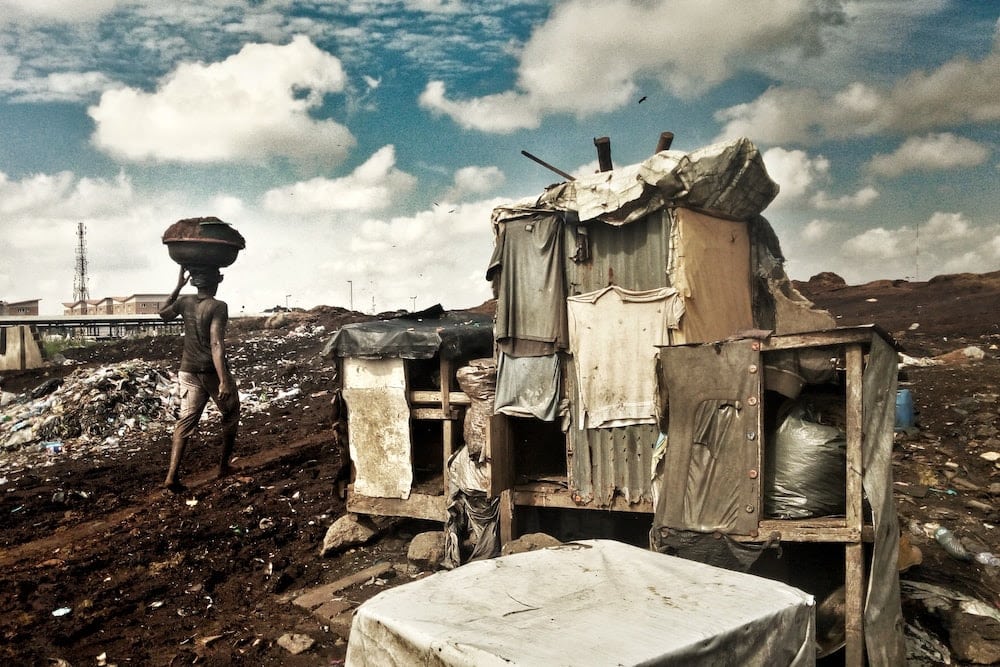
As the continent with the fastest-growing population, Africa could become the main emitter of atmospheric pollutants from fossil fuels by 2030, accounting for more than half of global emissions. Climate models and projections of air quality and climate are possible by geographic zone, thanks to inventories of atmospheric pollutant emissions in the areas for which these emissions are observed.
Until now, the data available for Africa have been less accurate than for other continents, as they could not be studied on a regional scale. In order to obtain more accurate data, the aerology laboratory at Toulouse’s Paul Sabatier University has developed maps of anthropogenic pollutant emissions for 2005 for all African countries.

To build this map, the laboratory used questionnaires on fuel consumption sent to the authorities in various countries, field surveys, and the results of programs on the West African monsoon and on pollution in African capitals.
It also took into account sources of gas and particle emissions on the continent, such as two-wheeled vehicles, old cars and trucks, and charcoal production. These sources of anthropogenic pollution – whether particles such as soot, or gases such as carbon monoxide or sulfur dioxide – account for a significant proportion of global pollution, estimated at between 5% and 20%.
On the basis of these results for 2005, the researchers evaluated and published in Environmental Research Letters estimates of Africa’s share of pollutant emissions in 2030, taking into account three scenarios.

Two scenarios refer to the POLES economic model used by the European Commission, the first describing a world without environmental policies, and the second a world meeting the Kyoto Protocol commitments, i.e. a 5.5% reduction in greenhouse gas emissions over the period 2008-2012 compared with 1990 levels.
A final scenario was constructed to take into account the reduction of specific pollutants. The results of these projections show that, in the absence of any measures to reduce air pollution, Africa would contribute between 20% and 55% of global anthropogenic emissions of gases and particles by 2030, rates well above the current estimates used in climate change models.
This work will be used for future IPCC publications on climate change, to assess the impact of pollutant emissions on the health of the urban population in African cities, and to help African leaders make choices to improve air quality in their cities, whether in terms of the evolution of the vehicle fleet or the choice of fuels used.




